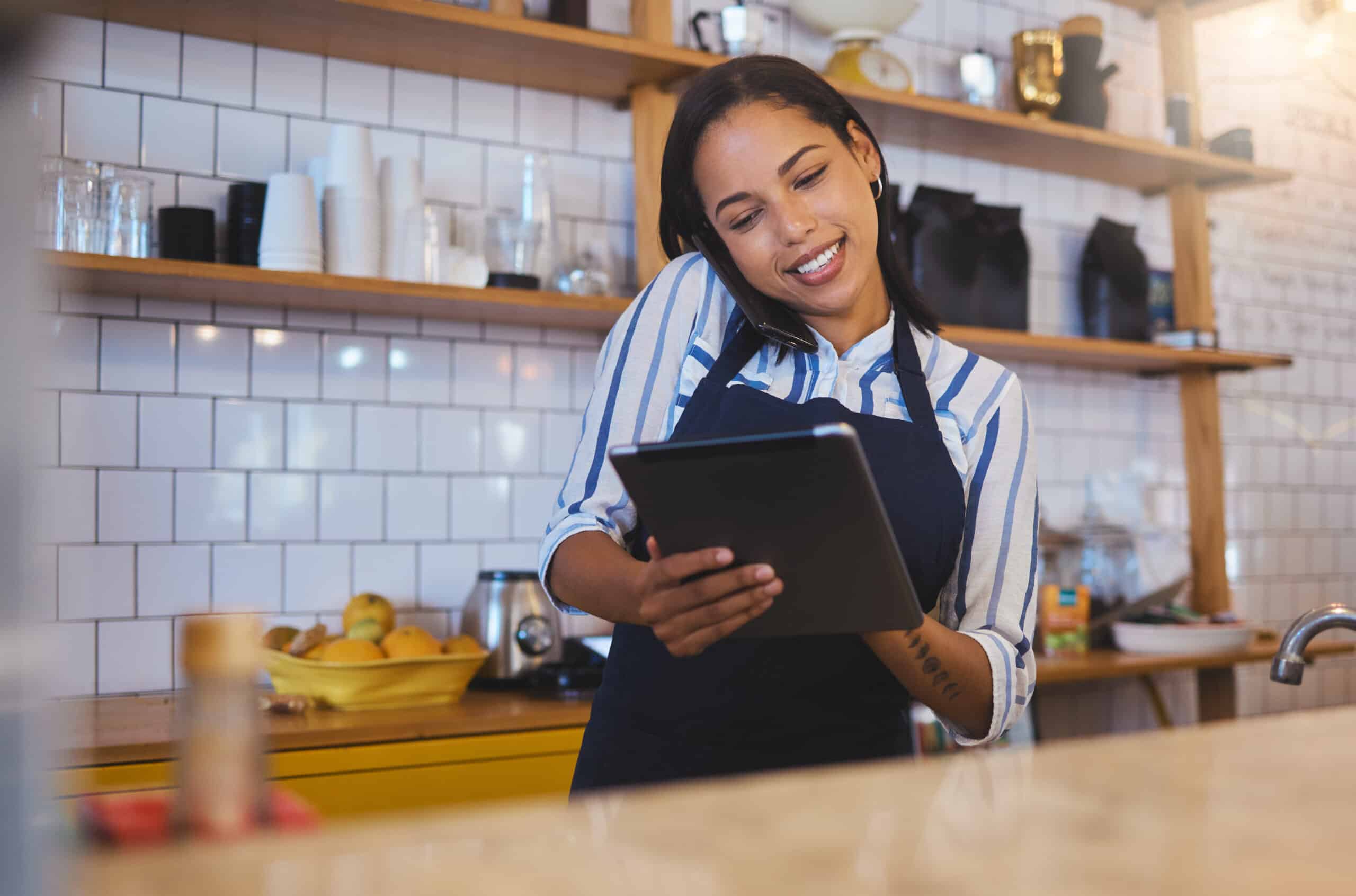A recent U.S. Chamber of Commerce article offers some dramatic insight into the labor shortage affecting American businesses. Consider these two figures:
There are 3 million fewer Americans in the workforce today than there were before the start of the pandemic.
There are currently 11 million job openings in the United States, but only 6 million unemployed workers.
A 2021 survey from Alignable found that only 6 percent of employers were not finding it difficult to hire staff. With almost twice as many unfilled jobs as there are available workers, businesses are suffering in every sector. Restaurants, already battered by the pandemic, are struggling. Many factors affect candidates’ unwillingness to work in food service. Back-of-house jobs are fast-paced and stressful. Tip-based pay systems result in uneven paychecks. Concerns about catching Covid at work are high, especially among front-of-house employees, who have no choice but to interact with numerous customers during every shift.
According to the National Restaurant Association’s 2022 State of the Restaurant Industry report, 70 percent of restaurant operators don’t have enough staff power to meet demand. Roughly half identify employee recruitment and retention as their biggest challenge. 80 percent expect their labor costs to rise this year. Many restaurant owners are now in an “adapt or perish” situation. They know that they’ve got to change to survive, but how? The answer lies in technology.
Fight Food Inflation Costs
Pandemic disruptions, the war in Ukraine, and steadily rising energy prices are leading to nationwide increases in the price of food, fuel, and more. Americans are paying more at the grocery store and restaurants are seeing skyrocketing bills from their wholesalers. The USDA recently reported that June 2022 food costs were over 12 percent higher than they were the year before.
It’s critical for restaurants to keep waste to a minimum. Ineffective temperature management accounts for 85% of food loss and food waste. Remote sensors that can notify you when food is out of temperature range are an easy change with a quick ROI. Look critically at how you purchase and use your supplies. If your staff is still eyeballing ingredients or managing inventory with paper and pen, it’s time to upgrade to smarter systems. Consider also how you manage food waste and investigate options like composting services. These solutions aren’t only environmentally-friendly. They’re smart business, too. One study by Unilever showed that 47% of American diners would spend more to go to a restaurant with an active food recovery program.
New Options for Ordering
Many restaurants have replaced traditional paper menus with a QR order and pay system. Guests simply use their smart phone to bring up a menu, then place an order and pay with a credit card on their device. Special orders are easy to track and splitting the bill is simple. Even better from a work environment point of view, servers are less stressed when their task load is decreased and their primary task is simply to bring orders to tables. They are happier and friendlier and customer experience is improved. If you prefer to have servers take orders, consider a mobile POS system. When servers can enter orders at the table, rather than returning to a POS station, the process is streamlined and errors are reduced.
Make Takeout Easy and Fast with an App
Consumers are still making choices based on lingering pandemic-based concerns about their health and safety. In response, many restaurants continue to offer safe, convenient to-go ordering. However, the way that customers place their orders has changed in recent years. They used to have to arrive, come inside, order, wait, and finally bring their food home. No more. Now they expect to be able to order and pay in advance, and have their food waiting for them when they arrive for pickup at the counter, curb, or drive-thru window.
Bluedot reports that customers often use mobile apps to place these orders and that more than half prefer to use dedicated restaurant apps over third-party apps. These apps give customers options such as quick access to food menus, delivery options, online payment, and more. Alternatives range from low-cost, do-it-yourself options for small businesses to high-end, bespoke solutions created by expert professional developers for large operations with many locations.
Back-of-House Automation (Kitchen Display Systems)
Imagine an old black-and-white movie scene set in a diner. A waitress takes an order. She writes it on a pad, then rips off the page and hands it through a window to the cook, who clips it on a line in front of him and starts to prepare the food. This system reigned until ticket printers came along. Now, kitchen display system (KDS) technology offers restaurants an even better way to manage customer orders. Integrated with a mobile POS system, a state-of-the-art KDS can dramatically increase your kitchen’s efficiency, routing orders to the right station and even prioritizing rush orders or delaying orders with shorter cook times.
Build Brand Loyalty Across Locations
Research has demonstrated that 65% of business comes from repeat customers. Not only that, but attracting new customers is expensive. Some estimates put the cost of new customer acquisition at up to seven times more than the cost of customer retention. Keeping your visitors happy is a win-win proposition that can exponentially increase per-customer lifetime value. Technology can help you accomplish this goal.
If you don’t already offer a loyalty program, it’s time to consider one. The experts at Deloitte say, “A restaurant that doesn’t offer a program—and promote its existence— misses out on that heightened engagement with their best customers that appears to be so available to them.” Investment in a loyalty program can offer quick return. Studies show that 57 percent of customers spend more on brands that have earned their loyalty and more than half of loyal customers recommend their preferred brands to others.
Consistency is key to brand loyalty. Your customers need to know that they can depend on the same high-quality experience no matter which of your locations they visit. After carefully defining brand standards, the next step is to ensure compliance. Make it happen with DailyChex and AuditApp by MeazureUp. These powerful systems empower managers as they supervise tasks related to opening, closing, and cleanliness while streamlining and maximizing the effectiveness of field assessments with in-app notes and photos.



